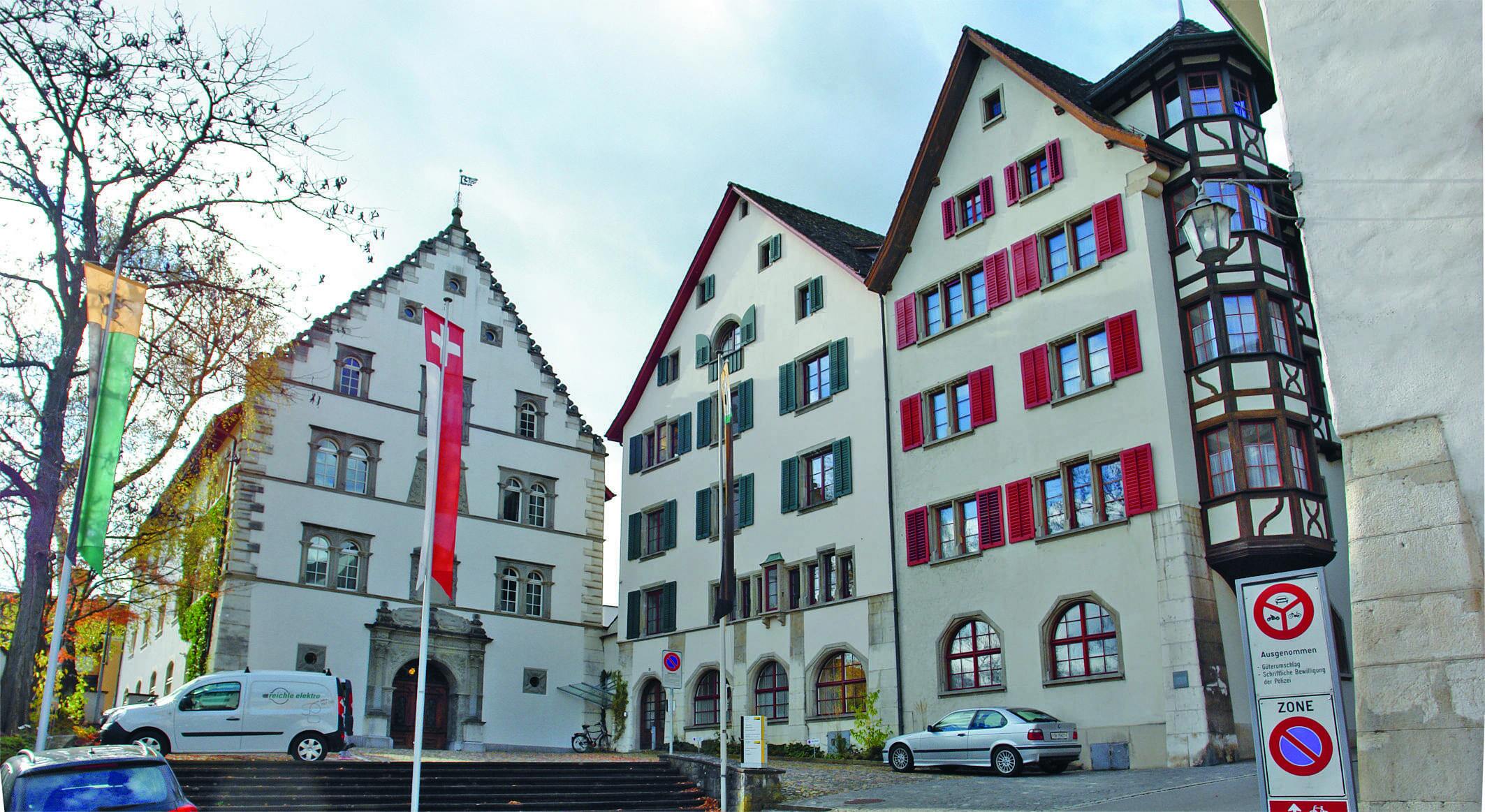
DIVERSE SWITZERLAND
STRUCTURE OF SWITZERLAND
Switzerland is a small country that is comprised of four different linguistic regions. The four official national languages are spoken in these areas: German, French, Italian and Romansh.
However, you will also find more or less different ways of life in the various regions. Switzerland is a nation by choice: it is neither an ethnic, nor linguistic nor religious entity.
The Swiss state’s structure is federalist and is divided into three political levels: federal administration, cantons and municipalities. The federal constitution forms the basic legal system and regulates the most important principles of co-existence. It describes the distribution of tasks between the federal administration and cantons and the responsibilities of the authorities.
FEDERAL ADMINISTRATION
The “Bund” is the Swiss term for the national administration. The other frequently used expression for this is the “Eidgenossenschaft”, or “confederation”. The federal administration is responsible in all the areas for which it is empowered by the federal constitution, for instance, in the legal system valid across the country, in foreign and security policy, or in the Customs or the monetary system. Tasks that are not explicitly a matter for the federal administration are the responsibility of the next level down, the cantons.
CANTONS
Switzerland consists of a total of 26 cantons. The cantons, frequently also called states, are the original states that merged in 1848 to form the confederation. Each canton has its own constitution, its own parliament and its own government and courts.
MUNICIPALITIES
Like all cantons, the canton of Schaffhausen is divided into municipalities. Around one fifth of the municipalities have their own parliament. Here, the people can decide directly on important issues only, by means of an optional or obligatory referendum. Four fifths of the Schaffhausen municipalities are organised in direct democratic form. Decisions are taken here at the municipal assembly. The municipalities keep the residents’ register on behalf of the federal administration and the canton. They also decide on the school and social system, energy supply, road construction and town planning or communal taxes. The individual canton determines the scope of municipal autonomy. This is therefore very diverse.